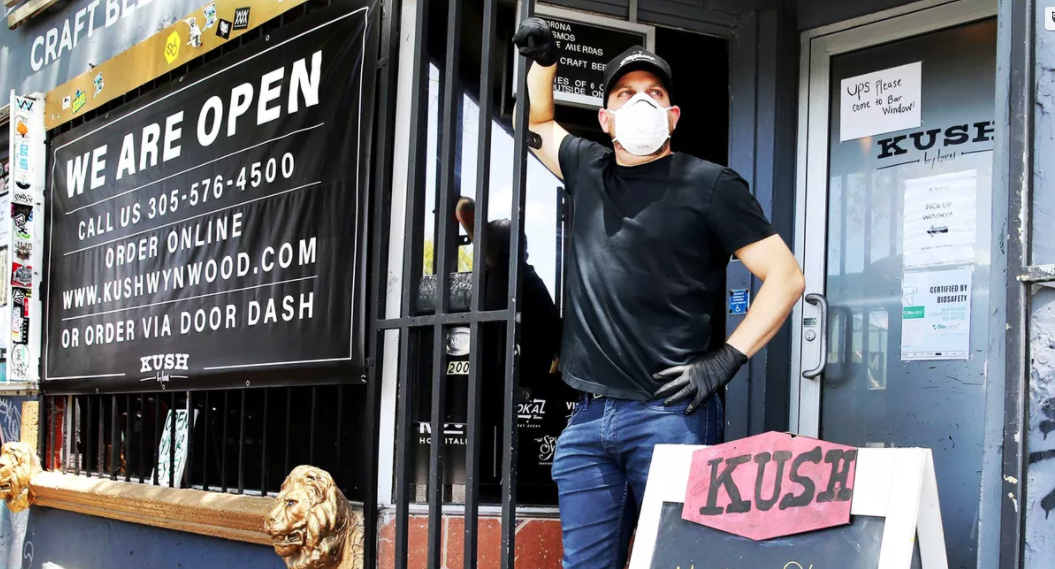
Months after Congress created the Paycheck Protection Program (PPP) in an attempt to support small businesses during the Covid-19 pandemic, people are still confused, and even angry, over the ambitious, unprecedented experiment.
Take what happened with Mark Fisher Fitness (MFF), an LGBTQ-friendly boutique fitness studio based in New York. Because it got a PPP loan in April, it was able to rehire the 28 employees it laid off in March as the coronavirus crisis set in and its locations shuttered. But for the loan to be forgivable, MFF had to spend the money in two months, mostly on payroll.
“It did give us the ability to retain the whole staff for a period of eight weeks and keep that sense of community and of continuing our grand unicorn experiment to bring health and hotness to the masses,” said Andrew Cole, chief people officer at MFF.
But the reprieve the PPP loan offered didn’t last long. Even though MFF has pivoted to online classes for the foreseeable future, it’s once again had to lay off most of its staff and is closing one location permanently.
Still, compared to other small businesses that applied for PPP, it was lucky to get a loan at all. Many small business owners — particularly minority-owned businesses — say they were denied loans for even a few thousand dollars, while larger enterprises like the Los Angeles Lakers and Shake Shack were awarded millions in loans. (Facing public backlash, several of these larger businesses eventually returned the money.) Others say the loan amounts they received were too small to help at all. And a lack of transparency with the program has fueled misconceptions about what PPP was supposed to accomplish in the first place.










